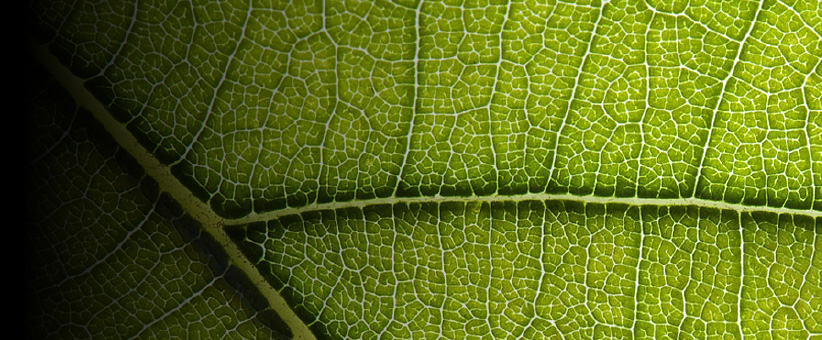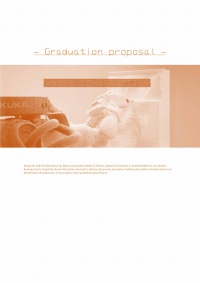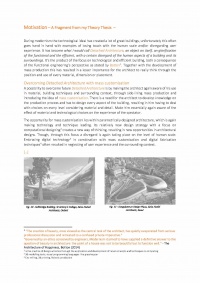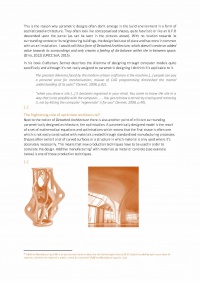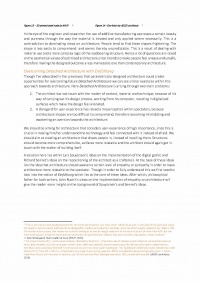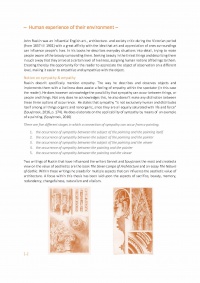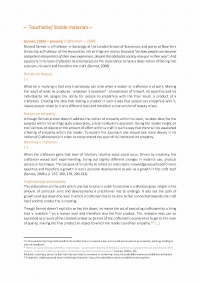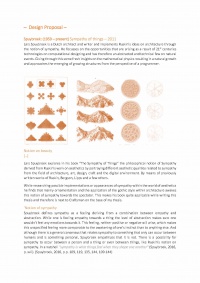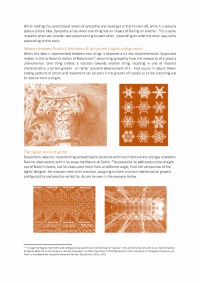project08:Frontpage
Rosanne le Roij
& Motivation
Motivation – Material Research
A lot of qualities and opportunities lie within mass customisation and additive manufacturing and it is starting to get more and more acceptance from society. Concrete printing is starting to find its way within the building industry with projects like the 3D printed, reinforced concrete bridge of the TU/e https://www.tue.nl/en/university/departments/built-environment/news/17-10-2017-worlds-first-3d-printed-reinforced-concrete-bridge-opened/
Though in my opinion it lacks in certain aspects. First (as can be seen in the project above) the technical opportunities and abilities of 3d concrete printing aren’t fully exploited. We are using these techniques to create something which is aesthetically not very different from other examples of pre-cast concrete. Which is in contradiction to the theory behind additive manufacturing.
Second it misses a lack of sophistication. While working with relatively ‘new’ production techniques we are able to re-establish the material use, textures and overall look. Most of the time research is going into the technical achievements of these production techniques but I think a combination of the two should be a focus. So in the end we will come with an product which is interesting technically as well as on the level of user experience.
As can be seen in Sennets book Craftsmanship, the work created by a craftsman is likely to be appreciated by spectator. People want to take in the element, feel/ touch/ use / look at it, since they can feel the irregularities vs the smoothness of an element. One could be seeing these outcomes of the craftsman’s hand as a material quality which one could reproduce by means of texturizing/ smoothening/ painting/ letting the material or nature run its course and using these as requirements for an material research. Resulting in a product which is more likely to provoke a certain reaction from the spectator. (A building or build environment is something in which you would want to live. You need to be able to feel at ease and appreciate it)
In my opinion mass production has resulted in cold material. One can see it wasn’t made by human hands or nature (references of my thesis…), it has no irregularities, that show the craft and level of knowledge that went into making it. While in mass customisation we have the ability to build upon demand, create un-standardised products, but through the use of industrial equipment. Not the costs of a craftsman not the cold feeling of mass production. The irregularities and level of skill/ knowledge of a craftsman and the efficiency of mass production (cost/ time/ material use).
Motivation – Material Research – A Fragment from my Theory Thesis
Research proposal
1. Focus on the maximum achievement of production technologies and thereby lost in focus on the human perception and experience of a building and the building material –
a. material properties (material research)
b. design/construction comprehensibility (structural optimisation research combined with philosophical research on user experience)
2. Selling mass customisation – people don’t understand it, but this is also often because designs are made digitally. People can’t see the overall picture and only elements are created 1 to 1 as a prove of concept. 3D printing fills in cavities which results in a not representative physical model from the design (3D printing research on G-code)
Context
Located at the Campus of Delft University of Technology, the library will create the missing link between the city of Delft and it’s inhabitants and the campus within Delft. There has always been a division between the city and the university’s campus, and within the policy of the University a strategy has been developed to contribute more to the city. This library could generate that and bring academics and inhabitants together.
Delft University of Technology has been part of Delft since 1842, but has since than grown into an institute that holds around 24.500 people, which is a massive rate compared to the population of Delft (96.168 people). Because of it’s size, new buildings had to be built to handle the capacity and substitute the old university buildings within the city centre and a campus was created. The problem with the campus in regards to the city is that it’s completely cut off from the city and its inhabitants. And creates a beacon for the city of Delft of which inhabitants don’t feel included and therefore they don’t feel unity between them and the university and its students.
Positive aspects for society/inhabitants
Facilitating “Flex working
Het Nieuwe Werken is in upgrowth, people don’t need to work within their offices, but are able to choose their own working environments as a result of being able to work anywhere at any time because of our high level of connectivity within today’s society. The library could generate these working environments.
Creating a learning environment for children
More and more use is being made from library’s by mothers and fathers with their children. It creates an environment where children can play and learn at the same time and is an outcome for families who don’t have the (financial) possibilities to work on children’s curiosity and education from home. The library could generate playful but peaceful environments for children to learn, engage and arousing curiosity.
Creating a learning environment for adults
Refugees are trying to build a new life and create a new future for themselves, but within refugee camps the possibilities are not endless. And they are quite cut off from society. The library could give them a place to be part of society and work on their knowledge so they are able to shape a new future.
Platform for community- & cooperation based projects
After a period of individuality, a trend is uprising in which people are starting to work together again. Community- & cooperation based projects are increasing in their popularity. Take a look at the huge success of places like the Keilewerf and the Fenix FoodFactory within Rotterdam and the Hallen of Amsterdam. Within these environments a notion of “working together we can achieve more than alone” is arising. A library could generate an place where these developments could be facilitated. Also with an good relationship between these projects and the knowledge of the University.
Positive aspects for the University
More study places for students
More than enough facilities are accessible at the campus during weekdays, faculties are open from 08.00 until 22.00. and therefore the University library is never full. But after those hours and during weekends, the University library is overflowing with students. Cramped up in a building that ins’t quite able to handle this capacity. This results in unpleasant studying & climate conditions and a less higher concentration level of students because of acoustics. A few changes have been made within the campus to handle this capacity problem, the Aula has been opened as a studying place during the weekends, but these are temporarily solutions.
